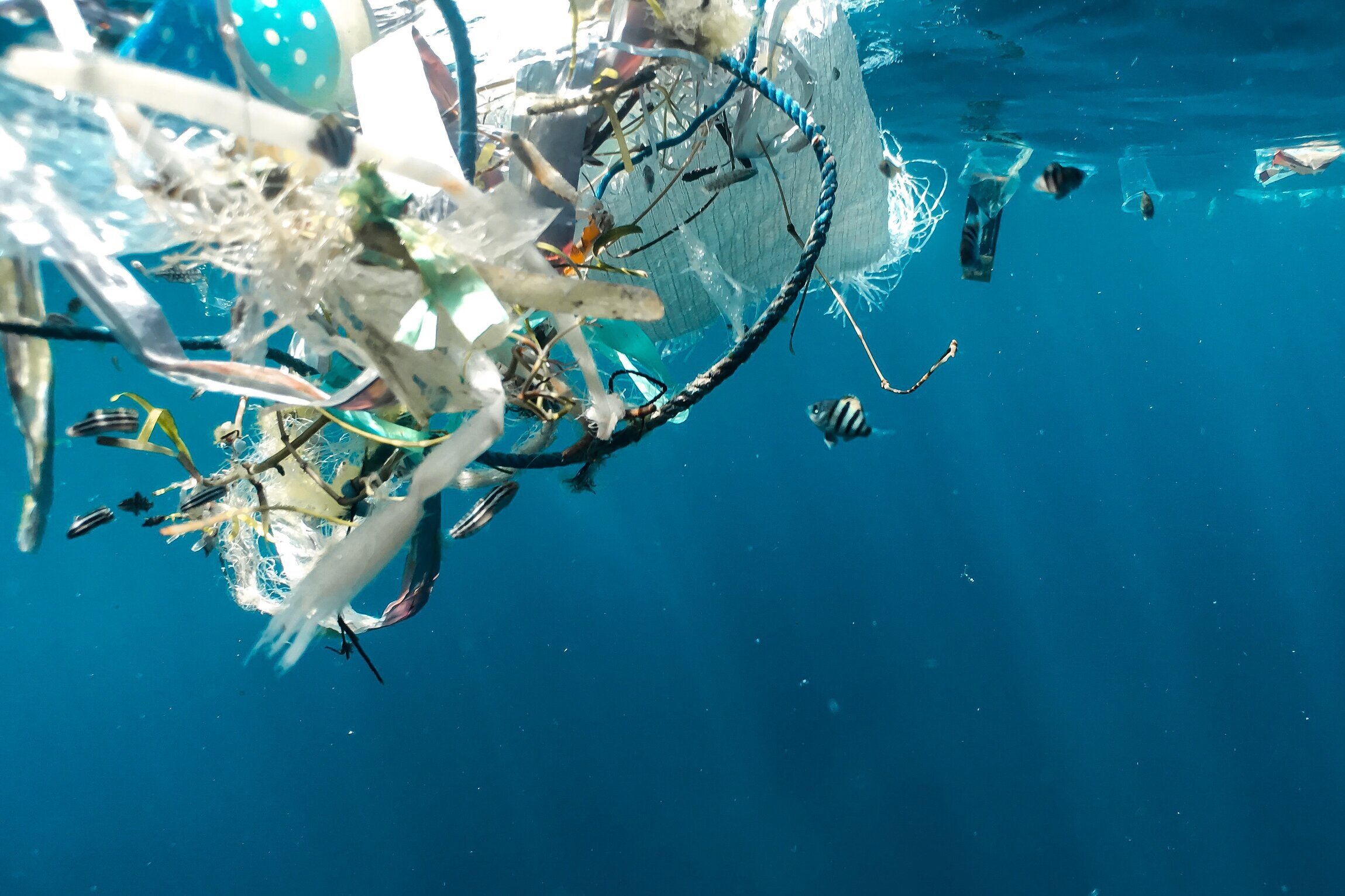Plastic waste has become a ubiquitous sight across global beaches, seashores, and deep down in our oceans. While these remnants may appear as mere litter to the untrained eye, they are symptomatic of a pressing crisis: the assault on marine life by plastic pollution. Let’s delve into the extent of this issue and uncover steps that can be taken to alleviate the damage.
The Scales of Plastic Pollution
The expanse of our oceans is immense, spanning approximately 71% of the Earth’s exterior. These vast waters are instrumental in stabilising our planet’s climate and nurturing a diverse range of vibrant ecosystems. Regrettably, recent decades have witnessed an escalating inundation of plastic debris in these oceans.
From microplastics (tiny plastic particles less than 5mm in diameter) to large discarded fishing nets, this waste is not only unsightly but also highly detrimental. Studies estimate that more than 8 million tonnes of plastic end up in our oceans annually. This figure is predicted to triple by 2040 if no immediate action is taken.
The Toll on Marine Life
Marine organisms, from the tiniest plankton to the gargantuan blue whale, face threats from plastic waste. Here are some of the ways this pollution wreaks havoc on marine fauna:
- Ingestion: Many marine animals mistake plastic debris for food. Consuming these materials can lead to malnutrition, intestinal blockages, and even death. For instance, turtles often mistake floating plastic bags for jellyfish.
- Entanglement: Larger pieces of plastic debris, especially abandoned fishing gear, pose entanglement risks to marine animals. Dolphins, whales, and seals can get trapped, causing them physical harm or drowning.
- Habitat Disruption: Coral reefs, which are biodiversity hotspots, get smothered by plastic waste. This leads to reduced light penetration, harming the photosynthetic organisms that the reefs rely on. Over time, the health of the entire reef system gets compromised.
- Toxin Transfer: As plastics break down, they release harmful chemicals into the water. Moreover, these plastics can absorb other pollutants from their surroundings, which can then enter the food chain when ingested by marine animals.
Mitigating the Plastic Menace
Addressing the plastic pollution crisis requires a multifaceted approach, combining preventive measures with remedial actions.
Curtailing Plastic Production and Consumption
The fight against plastic pollution begins on land. Reducing the sheer volume of plastics produced is the first line of defence. This involves:
- Sustainable Alternatives: Promoting and adopting biodegradable or eco-friendly alternatives to single-use plastics can drastically cut down the amount of plastic waste generated.
- Enhanced Recycling: Improving the efficiency and coverage of recycling systems ensures that plastics are repurposed, like in Simply Plastics PERSPEX®re range.
Clean-Up Initiatives
While prevention is paramount, there’s already a staggering amount of plastic waste in our oceans. Efforts need to be channelled into removing this existing pollution. This includes:
- Beach Clean-Ups: Organised events where communities come together to clean beaches play a significant role in preventing accumulated waste from being washed into the sea.
- Innovative Solutions: Technologies such as the Ocean Cleanup project employ sophisticated systems to extract plastics from the sea, especially from high-concentration zones like the Great Pacific Garbage Patch.
Policy and Advocacy
Government regulations can play a pivotal role in stemming the plastic tide. This encompasses:
- Ban on Single-Use Plastics: Several nations have already instituted bans or restrictions on single-use plastics. More countries need to follow suit.
- International Collaboration: Oceans have no borders. A concerted international effort, through treaties and agreements, can harmonise actions against marine plastic pollution.
- Public Awareness: Educating the public on the detrimental effects of plastic waste can influence consumption habits and inspire grassroots movements.
In Conclusion
The crisis of plastic waste in our oceans is a grim testament to humanity’s unsustainable practices. Marine life, an integral part of Earth’s ecological fabric, pays a heavy price for our actions. However, hope resides in informed choices, innovative solutions, and collective will.
By understanding the impact of our habits and making conscious efforts to change, we can turn the tide against plastic pollution and ensure a thriving marine ecosystem for generations to come.

